














Tunnel of Light / Japan
Further images
-
(View a larger image of thumbnail 1
)
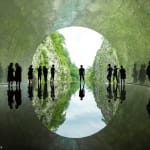
-
(View a larger image of thumbnail 2
)
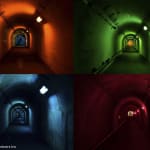
-
(View a larger image of thumbnail 3
)
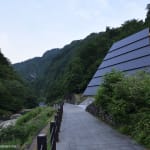
-
(View a larger image of thumbnail 4
)

-
(View a larger image of thumbnail 5
)
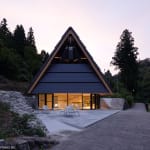
-
(View a larger image of thumbnail 6
)
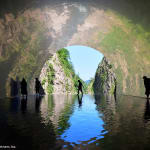
-
(View a larger image of thumbnail 7
)
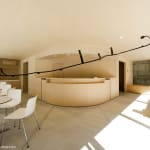
-
(View a larger image of thumbnail 8
)
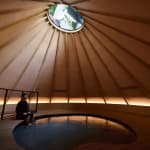
-
(View a larger image of thumbnail 9
)

-
(View a larger image of thumbnail 10
)
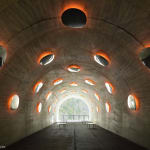
-
(View a larger image of thumbnail 11
)
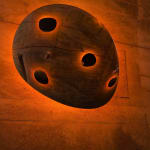
-
(View a larger image of thumbnail 12
)

-
(View a larger image of thumbnail 13
)

-
(View a larger image of thumbnail 14
)
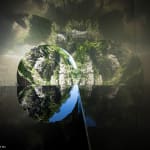
-
(View a larger image of thumbnail 15
)
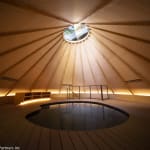

Between Realities
As greying rural communities across Japan continue to lose young people to major cities, Tokamachi and Tsunan, nestled in a mountainous part of Niigata Prefecture, are no different. Fram Kitagawa, a highly respected curator and art entrepreneur, came up with the idea of organizing an art fair that brings people and business to this part of Central Japan. The Echigo-Tsumari Art Triennale has been held since 2000. Rich in natural beauty, Tokamachi and Tsunan welcomed visitors from all over the world who embraces the region's natural beauty and artworks that dotted the landscape and villages. Many of the artworks were created on site by an interesting mix of Japanese, international, well established, and up-and-coming artists, enlisting the help of local communities. The Tunnel of Light was one such work at the Triennale. The historic Kiyotsu Gorge Tunnel was restored and art installations were created along the tunnel.
Tunnel Vision
Cutting through distinctive rock formations, the 750-metre-long tunnel has a number of openings that offer panoramic views over one of Japan's great chasms. These installations, including mirrored apertures that reflect the surrounding nature onto the tunnel wall, a cave lined with semi-polished stainless steel, a series of multicolored artificial lights, reflective openings that project the views outside the tunnel along the curvature of a lookout point, and a shallow pool of water at a lookout point that casts an illusion of an infinite gorge, offer visitors an alternative way to experience the beauty of the gorge. Each intervention is a visual feast that draws on nature's all five elements to surprise and inspire visitors at every turn. Through a large number of mirrors, natural light is introduced into the once dark tunnel, and yet the tunnel remains other-worldly when compared to the lush greenery outside, so walking through the tunnel reconnects visitors to their senses and evokes a plethora of feelings and moods.
Immersive Art Experience
Since its opening, the Tunnel of Light has drawn over 60,000 visitors in 2017, and over 180,000 in 2018, and won over many fans at the Triennale held in 2018. Led by Ma Yansong, the team at MAD Architects conceived the tunnel restoration as an art intervention and transformation of a unique public space, located at the intersection between an important natural heritage and human artifact. A wooden hut, equipped with a foot spa, cafe, and a souvenir shop, and information centre, was also built on the path leading to the tunnel. The entire work also serves as an economic engine for the region suffering from a slow population decline, as the unique experience of immersing oneself in nature through art reminds people of the importance to leave one's familiar surroundings and embark on the journey to explore what Japan's countryside has to offer. As part of the Echigo-Tsumari Art Field, art lovers traversed the rice fields or walked through forests and a mountain tunnel, and participated in a figurative move to displace art away from its urban focus. Thanks to Kitagawa's vision and love of the Japanese countryside, the experiential approach to art and culture was adopted as a social innovation strategy that revitalizes communities and promotes both physical and mental wellness among the Triennale's participants.

